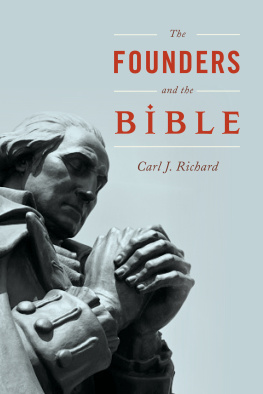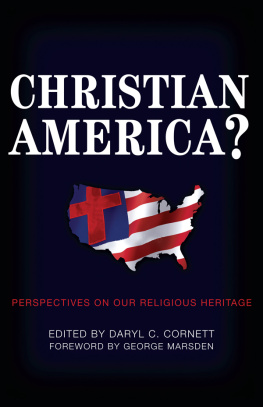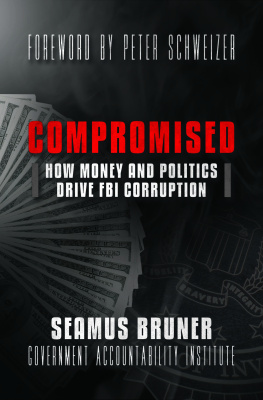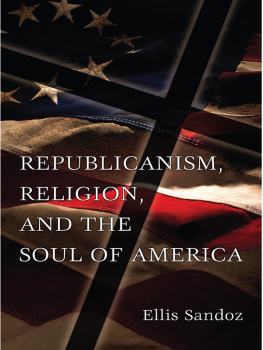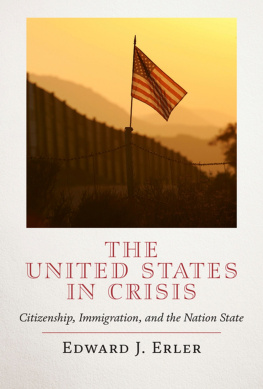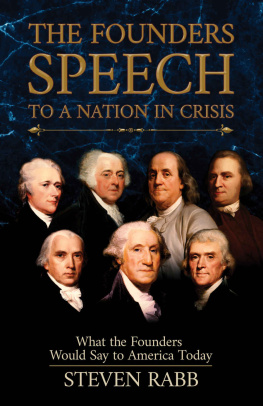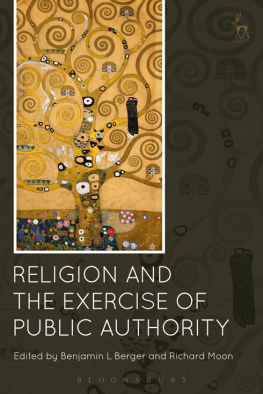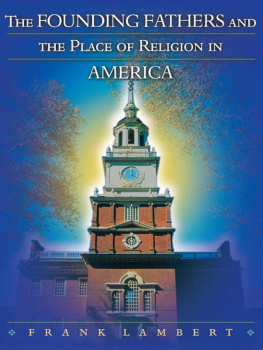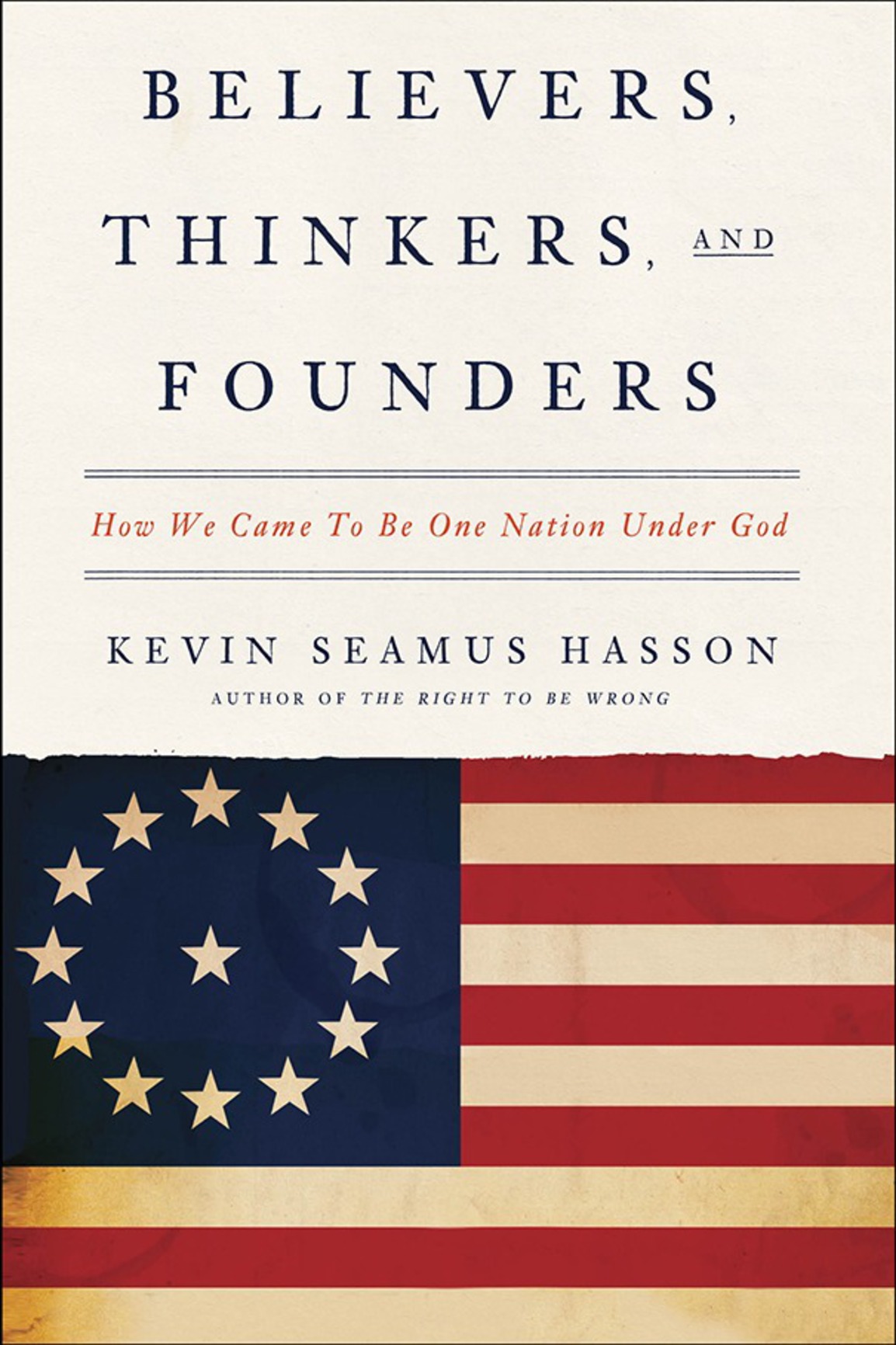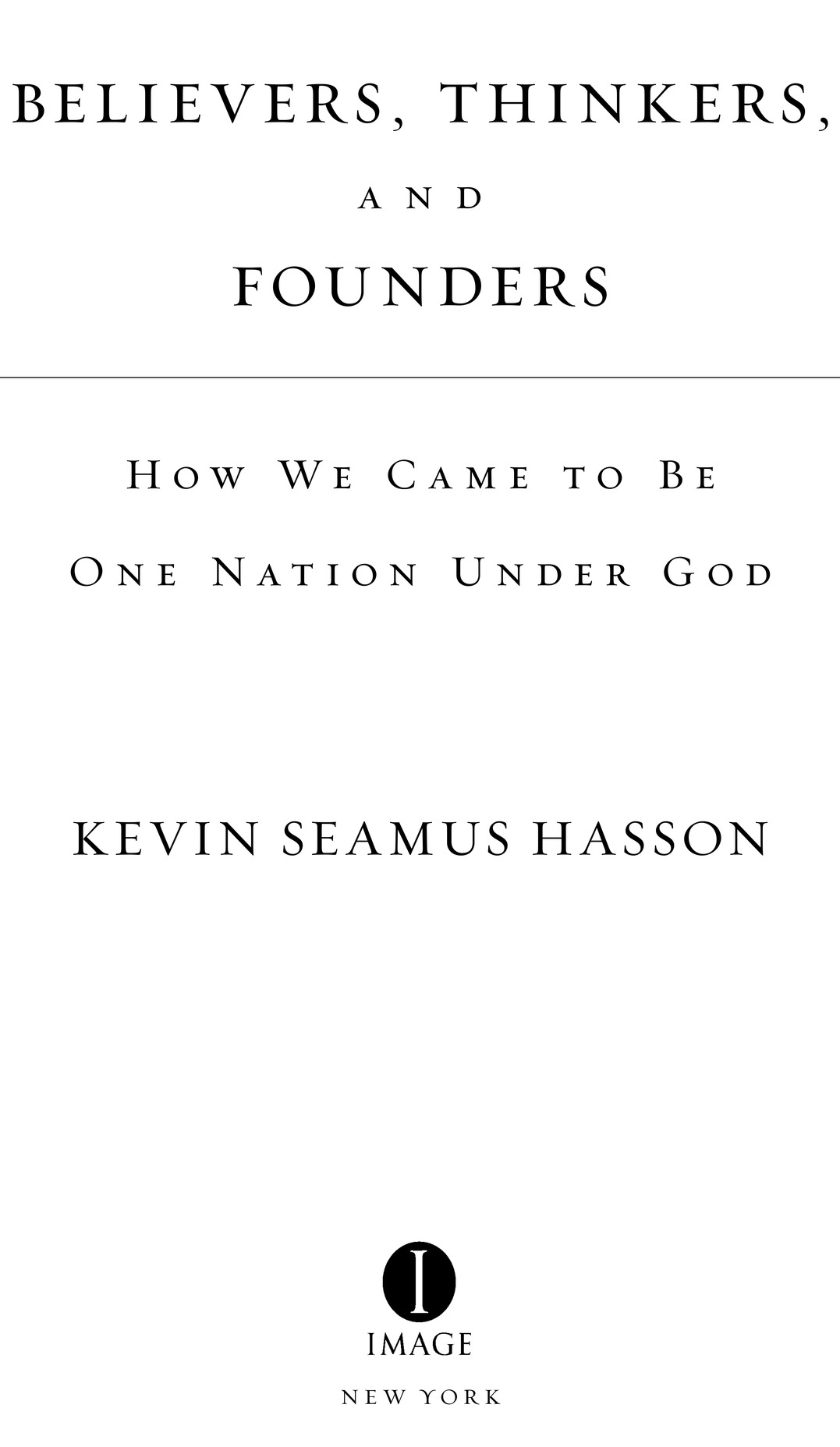Kevin Seamus Hasson - Believers, Thinkers, and Founders: How We Came to Be One Nation Under God
Here you can read online Kevin Seamus Hasson - Believers, Thinkers, and Founders: How We Came to Be One Nation Under God full text of the book (entire story) in english for free. Download pdf and epub, get meaning, cover and reviews about this ebook. year: 2016, publisher: The Crown Publishing Group, genre: Religion. Description of the work, (preface) as well as reviews are available. Best literature library LitArk.com created for fans of good reading and offers a wide selection of genres:
Romance novel
Science fiction
Adventure
Detective
Science
History
Home and family
Prose
Art
Politics
Computer
Non-fiction
Religion
Business
Children
Humor
Choose a favorite category and find really read worthwhile books. Enjoy immersion in the world of imagination, feel the emotions of the characters or learn something new for yourself, make an fascinating discovery.

- Book:Believers, Thinkers, and Founders: How We Came to Be One Nation Under God
- Author:
- Publisher:The Crown Publishing Group
- Genre:
- Year:2016
- Rating:3 / 5
- Favourites:Add to favourites
- Your mark:
Believers, Thinkers, and Founders: How We Came to Be One Nation Under God: summary, description and annotation
We offer to read an annotation, description, summary or preface (depends on what the author of the book "Believers, Thinkers, and Founders: How We Came to Be One Nation Under God" wrote himself). If you haven't found the necessary information about the book — write in the comments, we will try to find it.
The traditional position, writes Hasson, is that our fundamental human rightsincluding those secured by the First Amendmentare endowed to us by the Creator and that it would be perilous to permit the government ever to repudiate that point. America has steadfastly taken the position that there is a Supreme Being who is the source of our rights and the author of our equality. It has repeated that point for well over two hundred years throughout all branches and levels of government.
Never mind, says the secularist challenge. God is, to put it mildly, religious. Religion has no place in Government. So God has no place in Government. Its just that simple.
But for the government to say there is no creator who endows us with rights, Hasson argues, is to do more than simply tinker with one of the most famous one-liners in history; it is to change the starting point of our whole explanation of who we are as Americans.
He proposes a solution straight from the founding: the government acknowledges the existence of God who is the source of our rights philosophically but not religiously. This idea of the Philosophers God is a conception of God based not on faith but on reason. Hasson suggests that by recognizing the distinction between the creator of the Declaration of Independence and the God of our faith traditions, we may be able to move past the culture wars over religion that have plagued the country.
In Believers, Thinkers, and Founders, Hasson examines the idea of the Philosophers God while looking at a host of issuesincluding the Pledge of Allegiance, prayer at public events, and prayer in public schoolsas he demonstrates how we can still be one nation under God.
Kevin Seamus Hasson: author's other books
Who wrote Believers, Thinkers, and Founders: How We Came to Be One Nation Under God? Find out the surname, the name of the author of the book and a list of all author's works by series.

